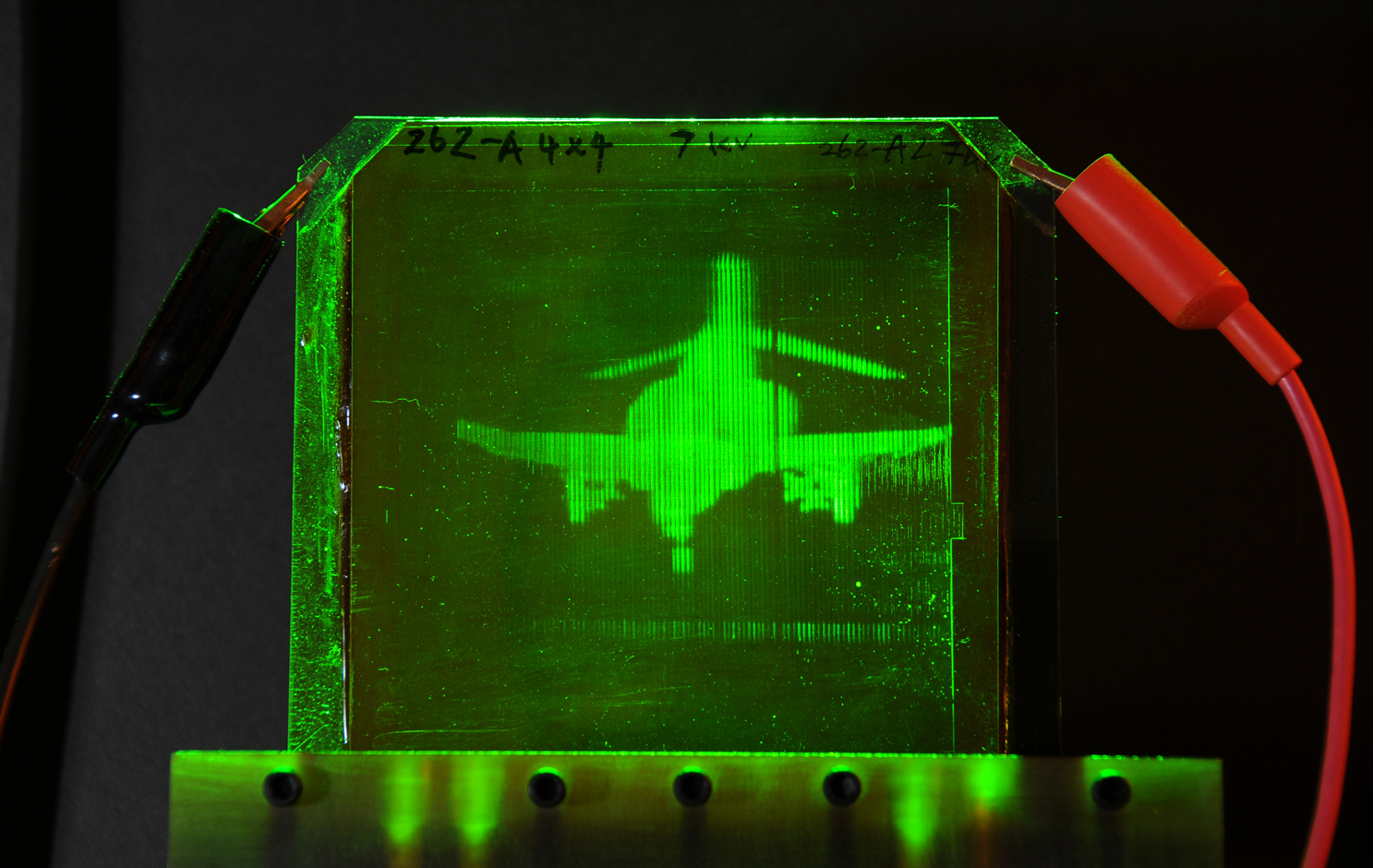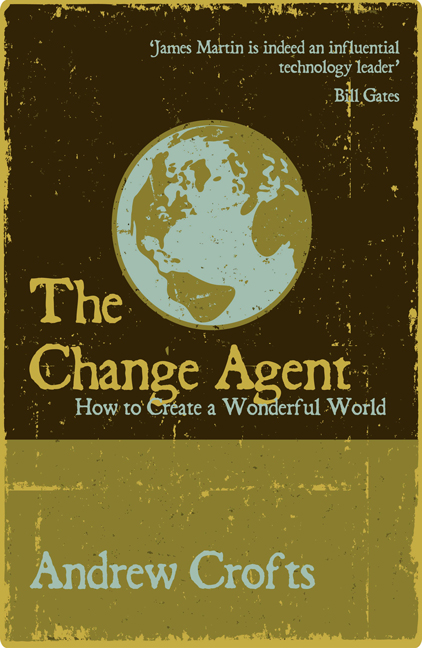
A refreshable holographic image of an F-4 fighter jet. Credit: gargaszphotos.com/College of Optical Sciences, The University of Arizona
Holograms may seem like an original invention from some science fiction films. A famous scene often mentioned in this context is that from Star Wars where Princess Leia records an important holographic message, ending with the words “Help me, Obi-Wan Kenobi“.
Such visions of holograms aren’t fiction. In a paper published in Nature, Nasser Peyghambarian, Pierre-Alexandre Blanche and colleagues from the College of Optical Sciences at The University of Arizona demonstrate a holographic system that is capable of displaying holograms at speeds approaching almost that of video capability. (and sure enough, they do mention Star Wars in the abstract of the paper…)
Holograms have been invented in 1947 by Dennis Gabor. They are made by shining a laser beam on an object and then recording the laser light reflected by the object on a photographic film. Simultaneously, a reference beam of the same laser is directly guided to the photographic film, where it causes an interference of the two beams. The interference pattern stored in the photographic film not only contains information on the light intensity (as in conventional photos) but also the phase difference between the two laser beams. The phase difference is a measure of the three-dimensional shape of the object. Together, intensity and phase contain the complete information of a light beam.
To recover the holographic image, the original laser needs to be used. Therefore, more practical ways of writing holograms have been develop and that do not require the original laser for viewing. Regular white light can be used instead. Although image quality for these holograms is not as good, they are widely used, for example on credit cards. Holograms can also be artificially created, without the use of an actual object, but by using a computer to calculate the necessary holographic interference pattern. Or information from a camera is digitally scanned and used to create a hologram elsewhere. “Holographic telepresence means we can record a three-dimensional image in one location and show it in another location, in real-time, anywhere in the world,” says Peyghambarian.




November 3, 2010
6 Comments